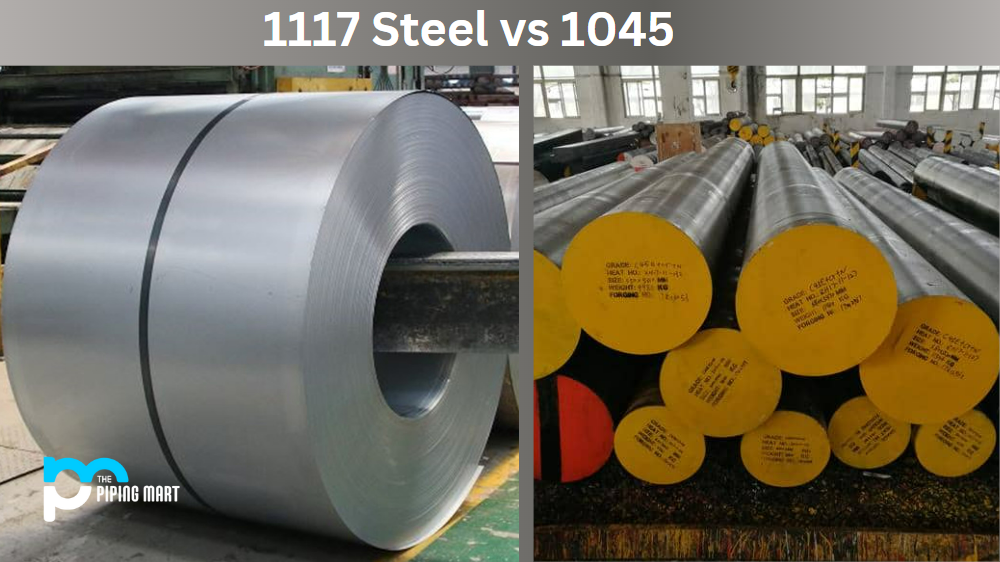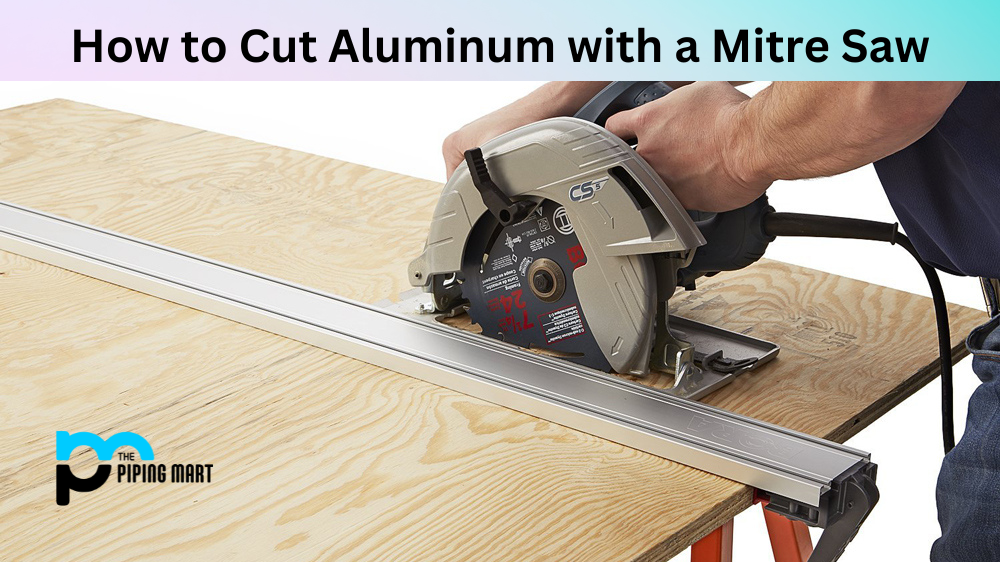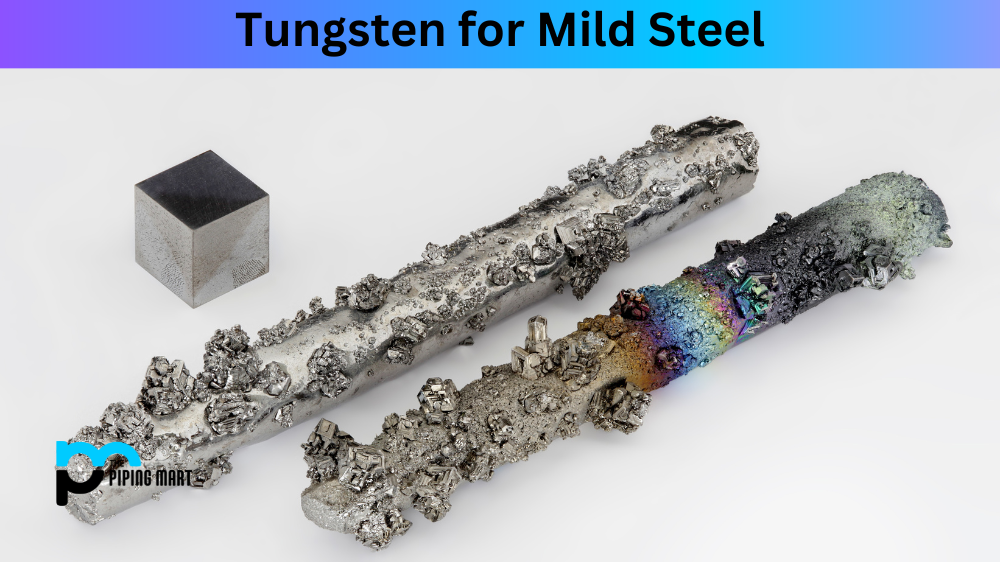Steel is a versatile material commonly used in the manufacturing and construction industries. Two popular types of steel are 1117 and 1045. While both steel types serve similar purposes, they have distinct differences. In this blog post, we will dive into what separates 1117 steel from 1045, so you can make a more informed decision when selecting the correct steel for your project.
Difference Between 117 Steel and 1045
Carbon Content
Carbon is an essential component in steel, giving it strength and hardness. 1117 Steel has a carbon content of 0.15-0.20%, and 1045 Steel has a carbon content of 0.45-0.50%. The higher the carbon content, the stronger the steel. Therefore, 1045 is often the preferred option for applications that put much stress and wear on the material.
Machinability
Machinability is the ease with which a material can be machined into a specific shape or form. 1117 Steel has excellent machinability, making it easy to work with. It readily forms into particular conditions, and its smooth surface makes it easy to cut. On the other hand, 1045 Steel requires more effort to machine due to its higher carbon content. This makes it more difficult to cut, forming chips that can be challenging to work with.
Weldability
Weldability is the ability of a material to be welded together securely. 1045 Steel is more weldable than 1117 Steel due to its higher carbon content. 1117 Steel contains less carbon, which makes it less conducive for welding. Therefore, 1045 Steel is the best option when welding is required.
Strength
Strength is essential when choosing a material for applications exposed to stress and wear. 1045 Steel has a higher tensile strength than 1117 Steel, which means it resists breaking under pressure and wears better.
Cost
The cost of materials is also essential when selecting the right steel type for a project. 1117 Steel is more affordable than 1045 Steel. However, it is necessary to note that 1045 Steel is more durable and stronger than 1117 Steel. Therefore, while it may cost more upfront, it can save you money in the long run by extending the life of your project.
Conclusion
In conclusion, 1117 Steel and 1045 Steel differ in carbon content, machinability, weldability, strength, and cost. While 1117 Steel is more accessible to machines and cheaper, 1045 Steel is more robust, durable, and weldable, making it ideal for projects requiring more strength and wear resistance. The ultimate decision of which steel type to use will depend on the nature and requirements of your project. By understanding the differences between 1117 Steel and 1045 Steel, you can make an informed decision that will help you achieve your desired results.
Sakshee is a talented blogger, with a particular focus on the Business and Metal Industry. She is passionate about sharing her insights on various metal products and helping professionals to make a better decisions.




